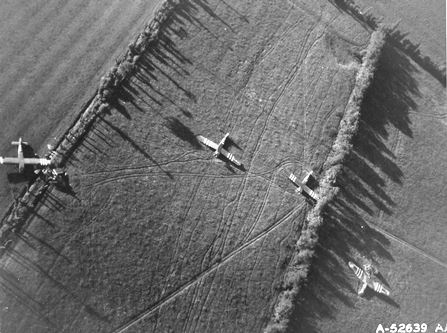Nuggets of WW2 history lay hidden for decades in the Greek seas.
Many secrets are revealed thanks to the salvagers of the Hellenic Air Force, the specially trained scuba divers, who salvage World War II aircraft from the depths.
Diving under almost any weather conditions, day and night, in order to achieve their mission, these men are a Unit known as the Mobile Maintenance Team of Underwater and Marine Facilities.
A notable operation of the Hellenic Air Force's Underwater Missions Team was the salvaging of a Mirage 2000 fighter aircraft in Samos, from a depth of 75 meters. (CLICK FOR THE FULL STORY AND MORE PHOTOS)
"The greatest depth at which we operated was at approximately 960 meters in 2004 when the twin-engine Chinook helicopter carrying the late patriarch of Alexandria crashed in the sea area of Mount Athos.
It was an almost impossible task, which with the cooperation of the Hellenic Center for Maritime Research and with the use of an ROV we managed to bring back to the surface large parts of the crashed Chinook for evaluation" says the squadron leader.
These operations, however, above and below sea level require constant alert and vigilance:
"Apart from operational missions we are also conducting social activities, as the Mobile Disaster Response Team is always ready to assist in the evacuation of citizens because of an earthquake or any other disaster, while we work with the Ministry of Education".
"Each mission requires discipline, perfect synchronization, detailed planning and professionalism in salvage operations. There is not the slightest margin for errors".
Since April 1941 a twin-engine aircraft of the RAF was laying off Crete, close to Rethymnon.
Shot down by friendly fire, this Blenheim remained forgotten for almost 55 years, until the moment it was raised from the seabed.
This aircraft is currently exhibited at the Hellenic Air Force Museum Aviation Museum in Tatoi. CLICK TO READ THE FULL STORY AND SEE MORE PHOTOS
This aircraft was shot down in October 1943, in Rhodes and was found in 2004 at a depth of about 150 meters by a fishing boat, approximately seven miles from the coast.
Once dragged into shallow waters (approx. 15 meters) the Hellenic Air Force salvagers brought the aircraft back to the surface in 2006.
The battle of Leros in 1943, was the failed attempt of the Allies (mainly British forces) to occupy the strategically important Dodecanese islands, after the capitulation of Italy.
German forces, including paratroopers overpowered the Allies and reoccupied the islands, but at a heavy price in human lives and war material.
Among the "victims" of the battle of Leros was a Junkers 52, which was shot down on November 14 by anti aircraft fire and crashed in the bay of Alinda.
In 2003, it was brought back to the surface from a depth of 41 meters, in almost perfect condition. It is currently exhibited at the Hellenic Air Force Museum, but the hope of the citizens of Leros is to see it back to their island.
Canadair CL215 and CL415
During the summer season forest fires, Canadair CL215 and CL415 are assisting the ground firefighting forces.
There have been occasions when an aircraft sinks, during the operations and the Hellenic Air Force salvagers are asked to bring it back to action as soon as possible.

























































